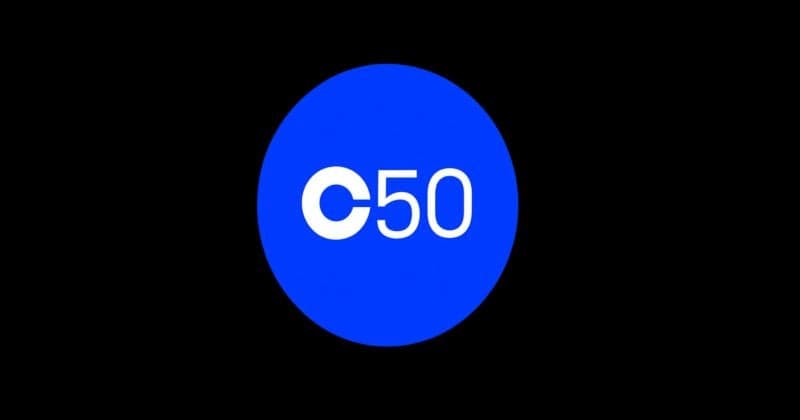Bitcompare.net is a trading name of Blue Venture Studios Pte Ltd, located at 68 Circular Road, #02-01, 049422, Singapore.
Advertising disclosure: Bitcompare is a comparison platform that relies on advertising for its funding. The business opportunities available on this site are provided by companies with which Bitcompare has established partnerships. This relationship may influence how and where products are displayed on the site, including the order in which they are listed within categories. Information about products may also be organized based on various factors, such as the ranking algorithms used on our website. Bitcompare does not review or list every company or product available in the market.
Editorial disclosure: The editorial content on Bitcompare is not provided by any of the companies mentioned, and has not been reviewed, approved, or otherwise endorsed by any of these entities. The opinions expressed here are solely those of the author. Additionally, the views shared by commenters do not necessarily reflect those of Bitcompare or its team. When you leave a comment on this site, it will remain unpublished until a Bitcompare administrator approves it.
Warning: The price of digital assets can be quite unpredictable. The value of your investment may fluctuate, and you might not recover the amount you initially invested. You bear full responsibility for the money you invest, and Bitcompare cannot be held liable for any losses you may incur. Any APY displayed is a rough estimate of how much cryptocurrency you could earn in rewards over the selected time period. It does not reflect the actual or anticipated returns in any local currency. The APY is updated daily, and the estimated rewards may vary from the actual rewards earned. The information on this page should not be interpreted as a guarantee from Bitcompare regarding the accuracy or reliability of the information provided. Before making any investment decisions, you should thoroughly assess your investment experience, financial circumstances, investment goals, and risk tolerance, and seek advice from an independent financial advisor. Links to external sites are not managed by Bitcompare, and we cannot guarantee the reliability or accuracy of those sites or their content. For more details, please refer to the Terms of Service for Bitcompare and our Risk Warning.


